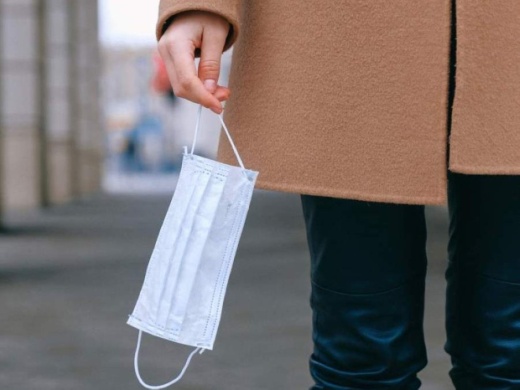The department director spoke June 30 during a virtual monthly luncheon meeting of the Cy-Fair Houston Chamber of Commerce, and he urged business leaders to keep health and safety in mind when reopening, to make sure employees wear masks while on the job and to follow health protocols laid out by the county.
“If somebody is sick, don’t make them choose between coming to work because they’re trying to pay the bill versus staying home,” he said. “You don’t want to have that person chance it, come to work—and then, they infect everybody else. Your business will suffer. Your customers won’t come in.”
Shah reminded meeting participants that based on new cases and death rates from March through May, local residents were, at one time, successful in fighting the pandemic.
However, he said the reopening of businesses locally may have happened too soon.
“But what is happening now is that we are seeing people mixing together, and now, with reopening, unfortunately, we have a lot of real concern about people not heeding the message of the importance of ... masks and face coverings and all the different things people need to do,” he said.
HCPH first sent COVID-19 health alerts to hospitals in the region nearly six months ago, on Jan. 9. Shah said the department was activated for 18 months responding to the H1N1 pandemic during 2009-10 and could be on a similar trajectory for COVID-19.
The first two cases in a wave of more than 30,000 cases confirmed locally were announced in Harris County on March 5. Several months later, on June 26, Harris County Judge Lina Hidalgo elevated the county’s threat level to “severe”—the highest threat level possible.
“We’d like to get through this together, and we’d like to get through this as quickly as possible—myself included,” Shah said. “I will tell you that, unfortunately, we are nowhere near where we need to be.”
The virus continues to spread, with more than 2.6 million cases confirmed in the United States and about 10.4 million across the globe. Shah said county officials are especially concerned about at-risk populations, including residents older than 65 and those with underlying health conditions.
Despite President Donald Trump’s administration reporting plans to roll out a COVID-19 vaccine by the end of the year, Shah said the viability of that plan is being debated in the medical community, and a vaccine may not be ready for mass deployment until 2021 or even 2022.
“Prevention is our only tool because we have no silver bullet. We have no magic wand that can fight this virus. ... We [won’t] have a vaccine for months and months,” Shah said. “So we have to rely on washing our hands, avoiding others when we’re sick, not going out unless we have to, distancing ourselves from others and making sure that we cover our coughs and [that] we wear our face coverings.”





